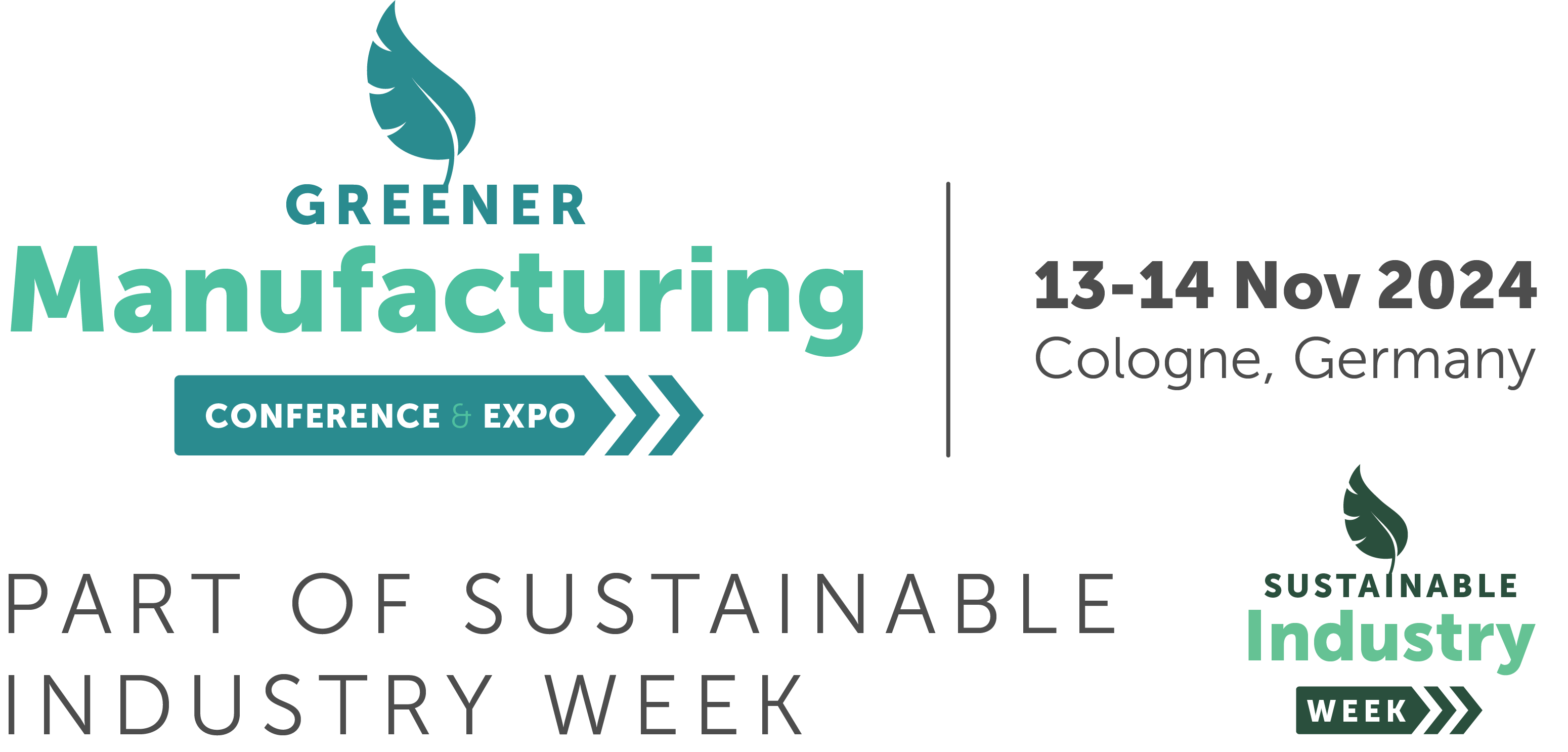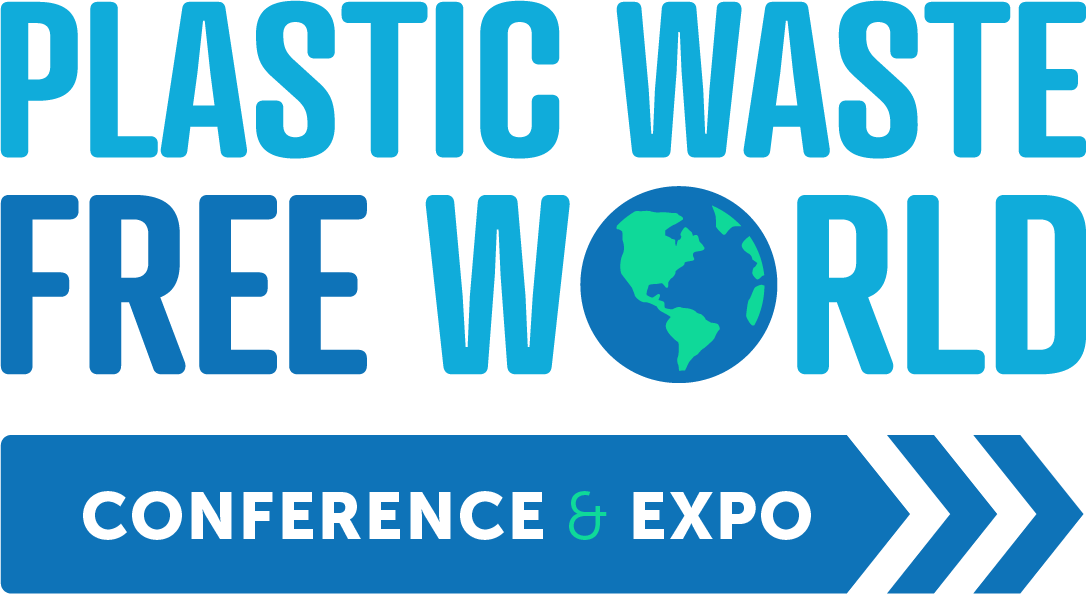The International Energy Agency (IEA) conservatively estimates that 130 million electric vehicles (EVs) will be on the road globally by 2030. As the number of EVs grows and especially as larger trucks and buses electrify with larger batteries, there will be opportunities to use those batteries to also support the grid.
Bidirectional EV Fleet as Sustainable Transport and Energy Storage
Bidirectional plug-in electric vehicles (PEVs) present immense potential for increasing the country's energy security, resilience, economic vitality, and quality of life while supporting the electrical grid. A bidirectional EV fleet could serve as both a sustainable mobility option as well as an energy storage asset that sends power back to everything from critical loads and homes to the grid. A bidirectional fleet could also create new revenue opportunities for EV owners or fleets.
"The MOU signed today represents a collaborative approach to researching and developing novel technologies that will help unify the clean energy and transportation sectors while getting more American consumers into electric vehicles," said Deputy Secretary of Energy Dave Turk. "Integrating charging technology that powers vehicles and simultaneously pushes energy back into the electrical grid is a win-win for the future of clean transportation and our energy resilience overall."
Overcoming Vehicle Grid Integration Challenges
The Department of Energy also announced it is tackling the technical challenges and barriers to the integration of tens of millions of EVs with the electric grid, commonly referred to as Vehicle Grid Integration (VGI) through the EVs@scale lab consortium, which brings together six DOE national laboratories to conduct RD&D in the areas of Smart Charge Management, High Power Charging and Facilities, dynamic Wireless Charging, Codes and Standards, and Cyber Physical Security. In addition to addressing the near-term challenges to VGI to benefit all EV stakeholders, the Lab Consortium will conduct high risk, high reward research on the EV charging and grid integration technologies the U.S. will need in the future.
This collaboration can accelerate and enable bidirectional PEV integration into the electrical grid by identifying and resolving barriers, accelerating commercialization and customer adoption, factoring in security by design, and improving coordination between the electric and automotive sectors through establishing cybersecure bidirectional charging station demonstrations, collecting and analyzing demonstration data, and preparing technoeconomic analyses to evaluate the business case for V2X.
As signatories, the International Brotherhood of Electrical Workers (IBEW) Local 11 and the National Electric Contractors Association Los Angeles are demonstrating an important commitment to ensuring that a skilled and qualified workforce is required to install bidirectional PEV charging infrastructure.
Participants in the V2X MOU include the United States Department of Energy’s Offices of Vehicle Technologies, Electricity, Technology Transitions, and Cybersecurity, Energy Security, and Emergency Response, as well as The California Energy Commission, The California Public Utilities Commission, The City of Lancaster and City of Lancaster Community Choice Aggregator, The City of Los Angeles, Fermata Energy, First Student, Ford Motor Company, General Motors LLC, International Brotherhood of Electrical Workers– Chapter 11, Lion Electric Inc., Los Angeles Department of Water and Power, Lucid Group, Inc. (Lucid Motors), the National Electrical Contractors Association – Los Angeles, Nissan, Nuvve Holding Corp., Pacific Gas and Electric Company, Rhombus, Sacramento Municipal Utility District, San Diego Gas & Electric, Southern California Edison, and Zeem Solutions.
Following the announcement, V2X MOU signatories celebrated the agreement. "This groundbreaking agreement couldn’t come at better time as the EV market is taking off and the grid is moving towards 100 percent clean electricity in California and beyond," said California Energy Commission (CEC) Commissioner Patty Monahan. "Unlocking vehicle-to-everything integration is critical to fully realizing our clean energy future and this new collaborative is a significant step in the right direction bringing all the players involved together to move the market forward."
"V2X technologies are essential to accelerating the adoption of EVs and to scaling renewable energy on the grid," said David Slutzky, Founder and CEO of Fermata Energy. "We are excited to build on our existing partnerships with many of the MOU members, by working with regulators to expand the reach of V2X and demonstrate its value to consumers, utilities, OEMs, and communities."
"Nuvve is proud to be included in this collaboration with the Department of Energy and other partners to demonstrate the importance of intelligently electrifying vehicles as we transition to a decarbonized world," said Gregory Poilasne, chairman and CEO of Nuvve. "Since our founding, we have been focused on vehicle grid integration technology with a strong focus on bidirectional vehicle charging, and we look forward to showing how Nuvve’s intelligent energy management platform bridges the gap between the energy and transportation sectors."
Kevin L. Matthews, Head of Electrification for First Student said, "As the largest operator of school buses and leader in yellow bus electrification, we are proud to participate with the U.S. Department of Energy to accelerate the development of vehicle-to-everything (V2X) technologies. We are committed to working with utilities and other stakeholders to create a V2X solution that supports the utility grid and our operations. We believe that school buses are ideally suited to do just that."
Pacific Gas & Electric remarked, "PG&E is excited to collaborate with this distinguished group to advance vehicle-to-everything technologies and accelerate expanded access that will revolutionize how we power our everyday lives. We are proud of our role as a clean energy leader and remain focused on meeting California’s clean energy goals and the needs of our customers today and in the future."
Bob Holycross, VP, Chief Sustainability, Environment & Safety Officer, Ford Motor Company said, "As Ford leads the EV revolution, we’re excited to help our customers unlock the energy potential of their electric vehicles, whether it’s using their F-150 Lightning to power their home in an outage or their E-Transit to run their tools on the job site. We’re proud to be lending our expertise to this partnership and look forward to continuing the conversation with the Department of Energy, California Energy Commission, and others to accelerate the deployment of V2X technology."






)